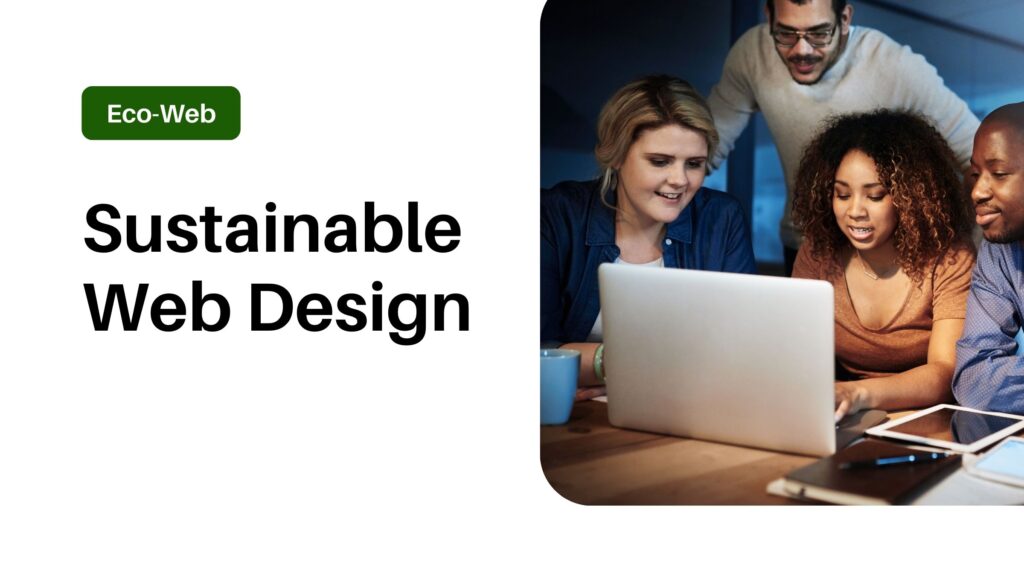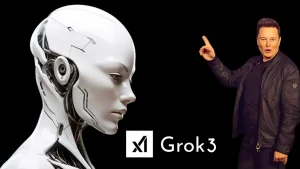Internet’s carbon footprint is substantial and growing. As of recent data, the internet produces approximately 3.7% of global carbon emissions, a figure comparable to the airline industry. This percentage is expected to rise with increasing data consumption and the proliferation of online services.
The concept of “Eco-Web” encapsulates the movement towards creating websites that are not only user-friendly and efficient but also environmentally responsible. This article delves into the future of sustainable web design, exploring its significance, current best practices, and the path forward.
What is Sustainable Web Design?
Sustainable web design refers to the practice of creating websites that minimize environmental impact by reducing energy consumption and carbon emissions. This approach aligns with the principles outlined in the Sustainable Web Manifesto, which advocates for web services that are clean, efficient, open, honest, regenerative, and resilient.
Read: Speed Up Your WordPress Instantly! Simple Optimize Tricks
Key Practices in Sustainable Web Design
Optimizing Website Performance
Efficient coding practices are central to sustainable web design. This includes minimizing the use of large images and videos, reducing the number of HTTP requests, and ensuring that code is clean and streamlined. Such optimizations not only enhance user experience by improving load times but also decrease the energy required to serve web pages.
Choosing Sustainable Hosting Providers
The choice of hosting provider plays an important role in a website’s environmental impact. Opting for providers that utilize renewable energy sources, such as wind or solar power, can significantly reduce a website’s carbon footprint. Many hosting companies now offer green hosting options, reflecting a growing industry trend towards sustainability.
Implementing Responsive and Efficient Design
Responsive design ensures that websites function optimally across various devices, from desktops to smartphones. By creating adaptable layouts and optimizing media, designers can reduce the energy consumption associated with loading and rendering web pages on different devices.
Minimizing Resource-Intensive Elements
Reducing reliance on heavy JavaScript and CSS files can lead to faster load times and decreased energy usage. By auditing and minimizing these resources, designers contribute to a leaner, more sustainable web experience.
Road Ahead: Future Trends in Sustainable Web Design
As awareness of environmental issues grows, the web design community is increasingly embracing sustainable practices. Future trends may include:
Greater Transparency:
Websites may begin to display their carbon footprint, providing users with insights into the environmental impact of their online activities. Tools like Website Carbon Calculator and Ecograder are paving the way for such transparency.
Adoption of Renewable Energy:
An increase in the number of data centers powered by renewable energy sources is anticipated, further reducing the environmental impact of web hosting.
Enhanced Collaboration:
The development of industry-wide guidelines and best practices will promote a collective effort towards a more sustainable internet.
Future of web design lies in balancing functionality, aesthetics, and environmental responsibility. By adopting sustainable practices today, designers and developers can contribute to a greener digital world, ensuring that the web remains a resource that benefits both people and the planet.
FAQs
1. What is sustainable web design?
It focuses on creating websites that are energy-efficient, environmentally friendly, and optimized for minimal digital waste.
2. Why is sustainable web design important?
It helps reduce carbon emissions caused by data transfer and energy usage, contributing to a greener, more eco-conscious digital world.
3. How does a website consume energy?
Websites consume energy through servers, data centers, and user devices when loading pages, running scripts, or streaming content.
4. What are the key principles of sustainable web design?
Core principles include performance optimization, minimalism, clean coding, efficient media usage, green hosting, and accessibility.
5. What is green hosting in sustainable web design?
Green hosting refers to web hosting providers that use renewable energy sources or offset their carbon emissions to power their servers.
6. How can I reduce my website’s carbon footprint?
You can reduce it by compressing images, minimizing code, using lightweight frameworks, caching, and avoiding unnecessary animations or trackers.
7. Does sustainable web design affect SEO?
Yes, faster and more efficient websites tend to rank better in search engines, improving SEO performance while being eco-friendly.
8. Can sustainable web design still be visually appealing?
Absolutely. Sustainable design emphasizes simplicity and usability, which often enhances the user experience and aesthetic appeal.
9. Is sustainable web design more expensive to implement?
Not necessarily. While some features like green hosting may cost slightly more, efficient design often lowers long-term maintenance and hosting costs.
10. How do I measure my website’s environmental impact?
Tools like Website Carbon Calculator and Ecograder can estimate your site’s CO₂ emissions and provide tips for improvement.





